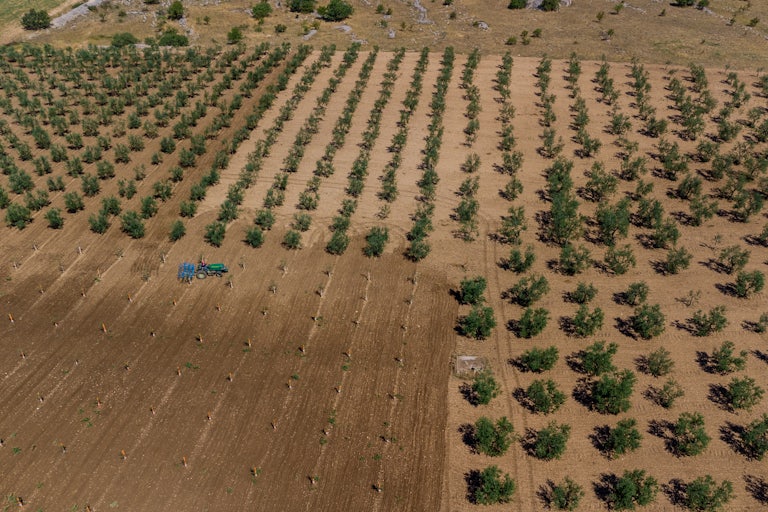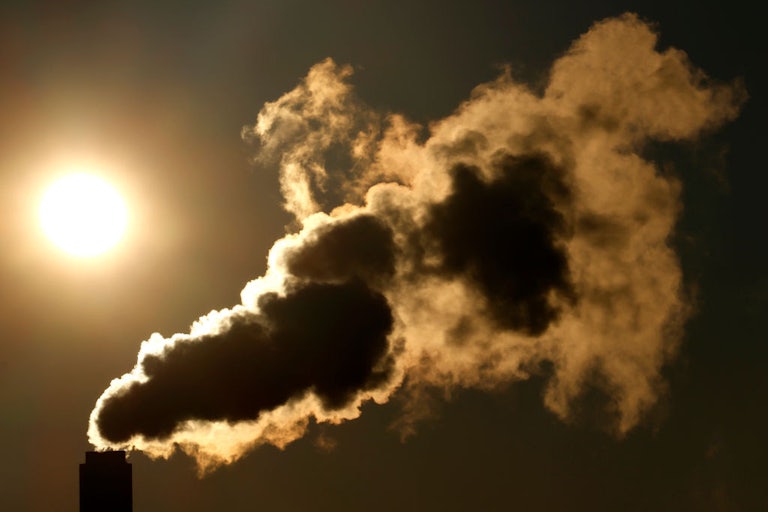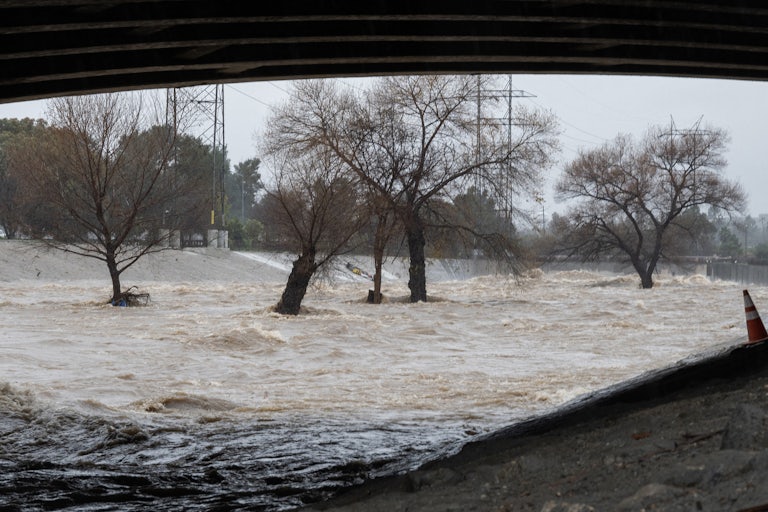The Bleak Backdrop to the Kate Middleton Frenzy
Much like “covfefe” in 2017, the internet is converging on a story that feels safer than everything else that’s going on.

Dozens of pieces in legacy media publications, including TNR, have looked for broader meaning in the social media frenzy over Kate Middleton’s “disappearance” since Christmas. (To recap: The princess was supposed to be recovering from planned surgery away from the public eye. But the internet was suspicious, and to quell rumors the palace released an image earlier this month that then proved to be heavily edited, for which Middleton claimed the blame. This did not help.) Some say the public relations mess signals a general crisis for the monarchy, some that it’s a sign of contemporary addiction to conspiracy theories. A professor of media ethics told The New York Times that it’s a symptom of “the darkness that is characterizing our politics.”
To me, the flurry of amateur Kate Middleton sleuthing, memes, and jokes on social media resembles nothing so much as the viral “covfefe” tweet by Donald Trump nearly seven years ago. Just after midnight on May 31, 2017, Trump typed the nonsensical, “Despite the constant negative press covfefe,” and seemingly logged off for the night. Because journalists and other political obsessives had learned to keep an eye on Trump’s account during the witching hour, Twitter promptly lit up with confusion and speculation about what Trump could have meant, or whether he’d been tackled while typing. Some created “covfefe” parody accounts. The entire internet, it seemed, had descended into giddy absurdity.
Like the “covfefe” episode, the Middleton frenzy has the feel of a massive online community blowing off steam. You can’t say it’s “good clean fun,” exactly—the speculation ranges from salacious to downright grim. But it has the classic “covfefe” mixture of jokes and theories edged with faint nervousness about such obvious incompetence in the P.R. apparatuses of powerful institutions. It’s the incredulous but gleeful vibe of kids realizing that the adults who were supposed to have everything under control are tripping over their own shoelaces. “I don’t think u understand how badly you’ve f***ed this,” read one tweet with over 36,000 likes, responding to alleged Kate Middleton photos. “There are now people on the internet who could SHAKE HER HAND and still claim she’s four cats in a wig.”
Also like “covfefe,” the Middleton moment has people nostalgic for a more innocent era: a time when the internet seemed like a place to clown around rather than a place for fascist paramilitary recruitment. A time when people could laugh at the grown-ups screwing up because we retained a shred of belief that the grown-ups basically had things under control the rest of the time.
None of these jokes and memes are actually fun when you zoom out. The “covfefe” episode proved to be a precursor for Trump threatening nuclear war on Twitter, getting banned for inciting an insurrectionist mob, then getting his account restored (along with many other accounts banned for hate speech) after Elon Musk bought the platform. The Middleton frenzy contains more than a hint of the macabre: Speculating wildly about the lives of people recovering from major surgery isn’t nice, and doing so as a distraction from other news stories, while understandable, is bleak.
The grown-ups—meaning the institutions that have inherited massive power in our society—quite evidently do not have things under control. The other stories people have the option of reading about are almost impossibly grim. A genocide is playing out in Gaza, and the nations who joined the “Never Again” refrain after Rwanda are actively supporting the genocidal regime. Trump, who many hoped would fade into chaotic obscurity after losing the 2020 election, seems quite likely to regain the presidency—and The New York Times is running stories about the resistance being tired.
Whether the world can withstand this turn of events is unclear. The earth may be warming even faster than anticipated, and rich nations still haven’t gotten it together to bring emissions down to safe levels. Environmental groups, who have been warning for years that the Biden administration, despite the Inflation Reduction Act, isn’t doing enough to avert catastrophe, find themselves with little choice but to hope that Biden will at least prevail over the alternative.
Of course people are going off about Kate Middleton. But it has nothing to do with Kate Middleton. This story is a fantasy about returning to the 1990s, when people could indulge in celebrity gossip without the feeling of laughing on the brink of the abyss. Almost every other story in the news is too much to take.
The new and relatively weak Securities and Exchange Commission rule requiring companies in some situations to disclose their emissions and climate-related risks has already been halted by court order pending a suit from oil and gas companies. Meanwhile, 24 Republican state attorneys general are suing over the Environmental Protection Agency’s new rule to reduce methane emissions from oil and gas industry activities—for example, by monitoring leaks and limiting flaring. The Republican attorneys general say this is an “attack” on the oil and gas industry.
Stat of the Week
$9 billion
That’s how much taxpayer money since 2012 has gone to subsidizing plastic plants. “In the past three years, more than 80 percent of the facilities violated their air pollution control permits,” reports DeSmog.
What I’m Reading
FBI sent several informants to Standing Rock protests, court documents show
Alleen Brown’s report on the extent of federal law enforcement’s actions against the Indigenous demonstrators and their allies protesting the Dakota Access Pipeline beggars belief:
Up to 10 informants managed by the FBI were embedded in anti-pipeline resistance camps near the Standing Rock Sioux Indian Reservation at the height of mass protests against the Dakota Access pipeline in 2016…. The FBI also regularly sent agents wearing civilian clothing into the camps, one former agent told Grist in an interview. Meanwhile, the Bureau of Indian Affairs, or BIA, operated undercover narcotics officers out of the reservation’s Prairie Knights Casino, where many pipeline opponents rented rooms, according to one of the depositions.
The operations were part of a wider surveillance strategy that included drones, social media monitoring, and radio eavesdropping by an array of state, local, and federal agencies, according to attorneys’ interviews with law enforcement.
Read Alleen Brown’s full report at Grist.
This article first appeared in Life in a Warming World, a weekly TNR newsletter authored by deputy editor Heather Souvaine Horn. Sign up here.









